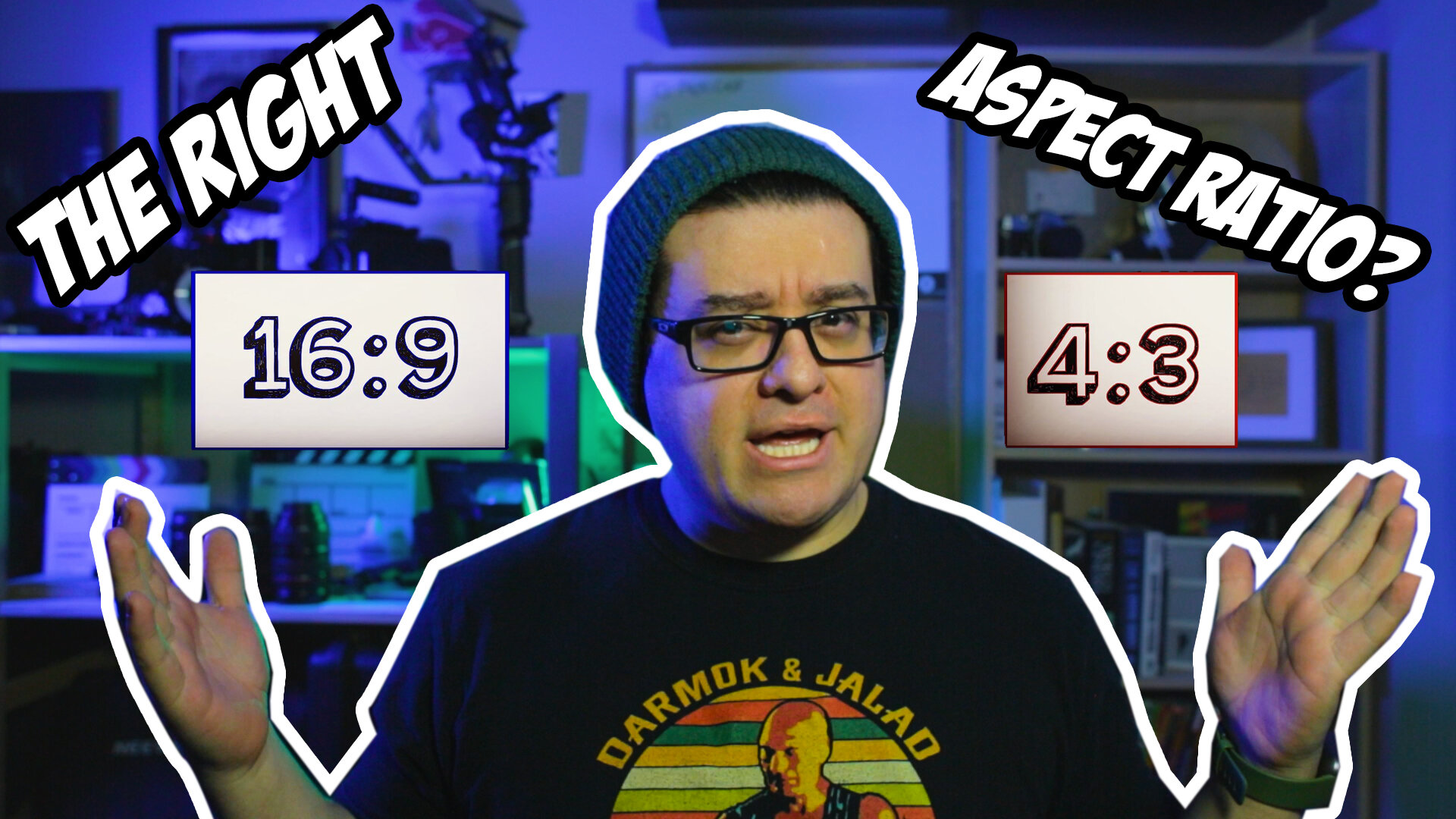In the latest M’Guphynn Media Vlog, I go into aspect ratios as it relates to the upcoming JUSTICE LEAGUE The Snyder Cut. While the video runs 12 minutes long, it barely scratches the surface of aspect ratios and their history in filmmaking.
As part of the last generation to have tube-style 4:3 televisions, I was witness to the short-lived fad in DVDs known as Pan & Scan. This was a technique used to make movies filmed in widescreen aspect ratios fit in square televisions. Growing up, most movies I saw on TV were featured in Pan & Scan. As a result, many early adopters of DVDs sought out “Full Screen” versions of their favorite movies as it was the only version of the movies they had seen.
It truly was strange to see older movies in their original widescreen for the first time, realizing how much of the film we missed out on without even being aware of it.
The opposite become true recently with Disney Plus and The Simpsons. When first released on Disney Plus, The Simpsons was presented in 16:9 aspect ratio to fill HDTVs. This was a misstep as the show was originally animated to fit 4:3 and even resulted in some jokes being left out.
The reason I bring these examples up is to illustrate a fundamental challenge between the intention of filmmakers and how conforming to a new format could be viewed as a type of censorship, intentional or otherwise. In 2018 a new streaming platform launched called Quibi. It was short-lived and didn’t even last until the end of 2020. Quibi was designed to feature content in both 16:9 and 9:16 and catered to mobile devices. IMHO, this was the fundamental flaw in Quibi’s model. By dictating how filmmakers could tell stories, it served to limit them instead of inspiring creativity.
With that being said, there is plenty of amazing content made specifically to take advantage of the mobile device aspect ratio. Even the new Disney Plus series WandaVision plays with aspect ratio throughout each episode. The point is that the content format should be dictated by the filmmakers, not the platform.

